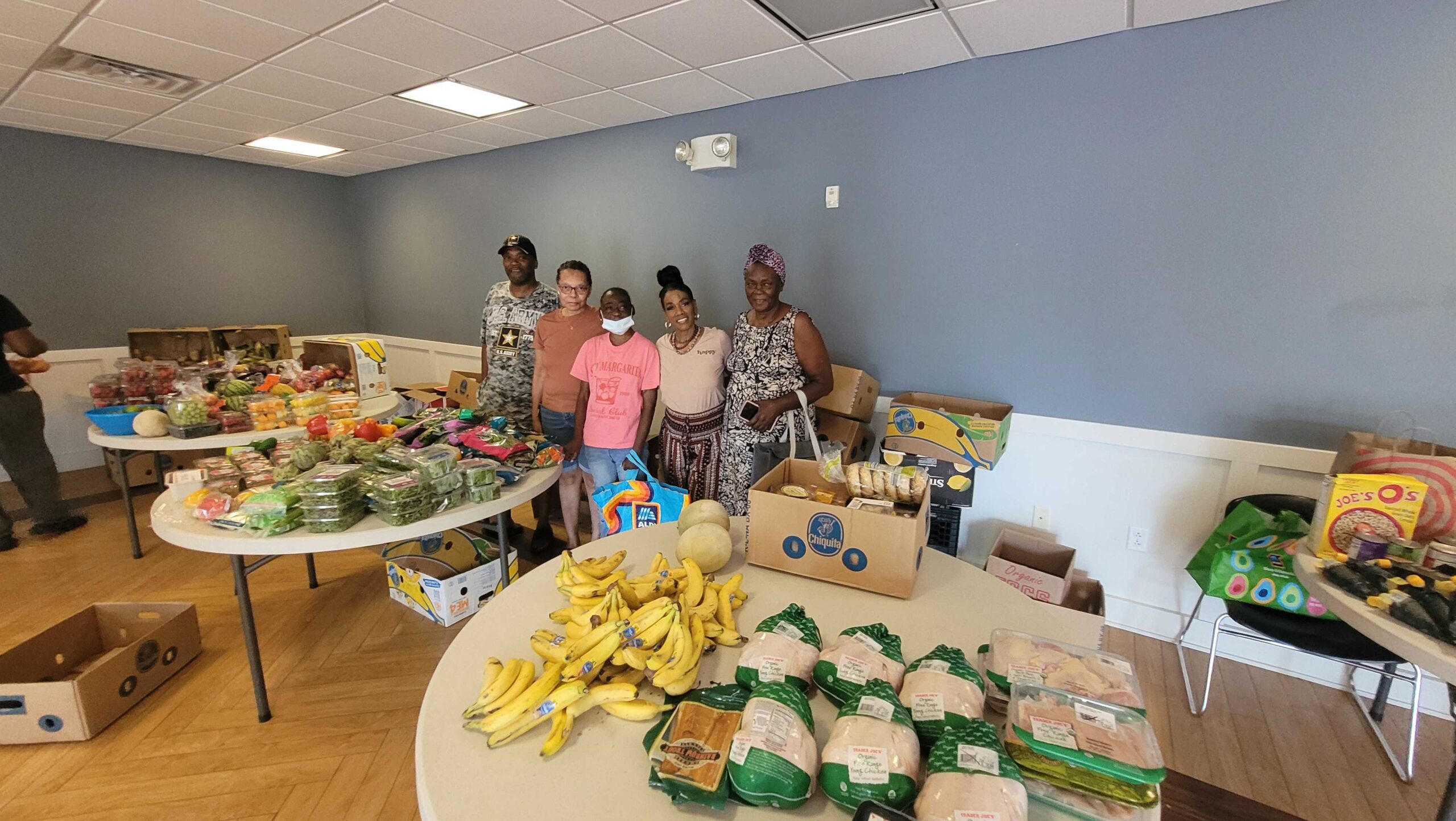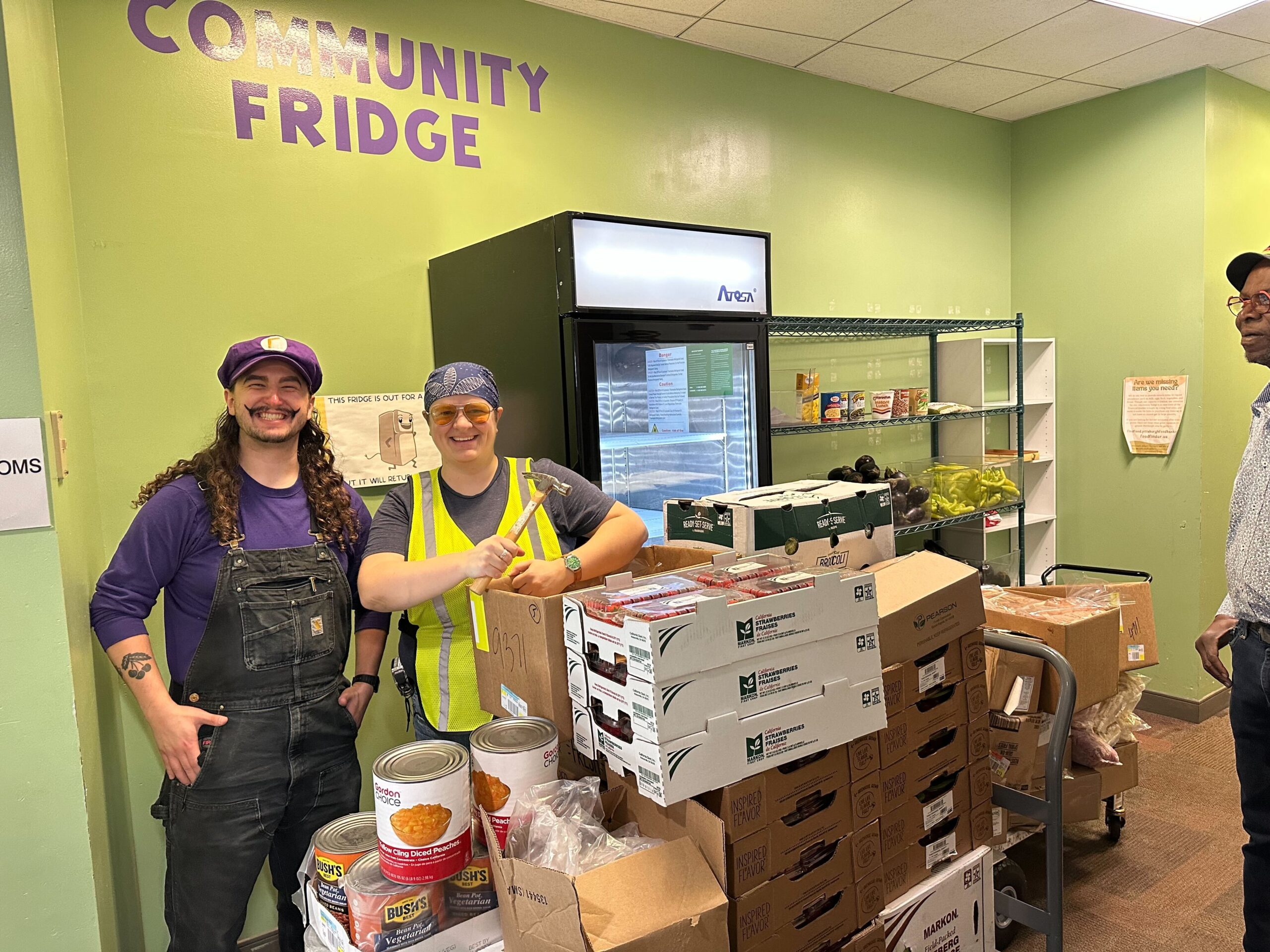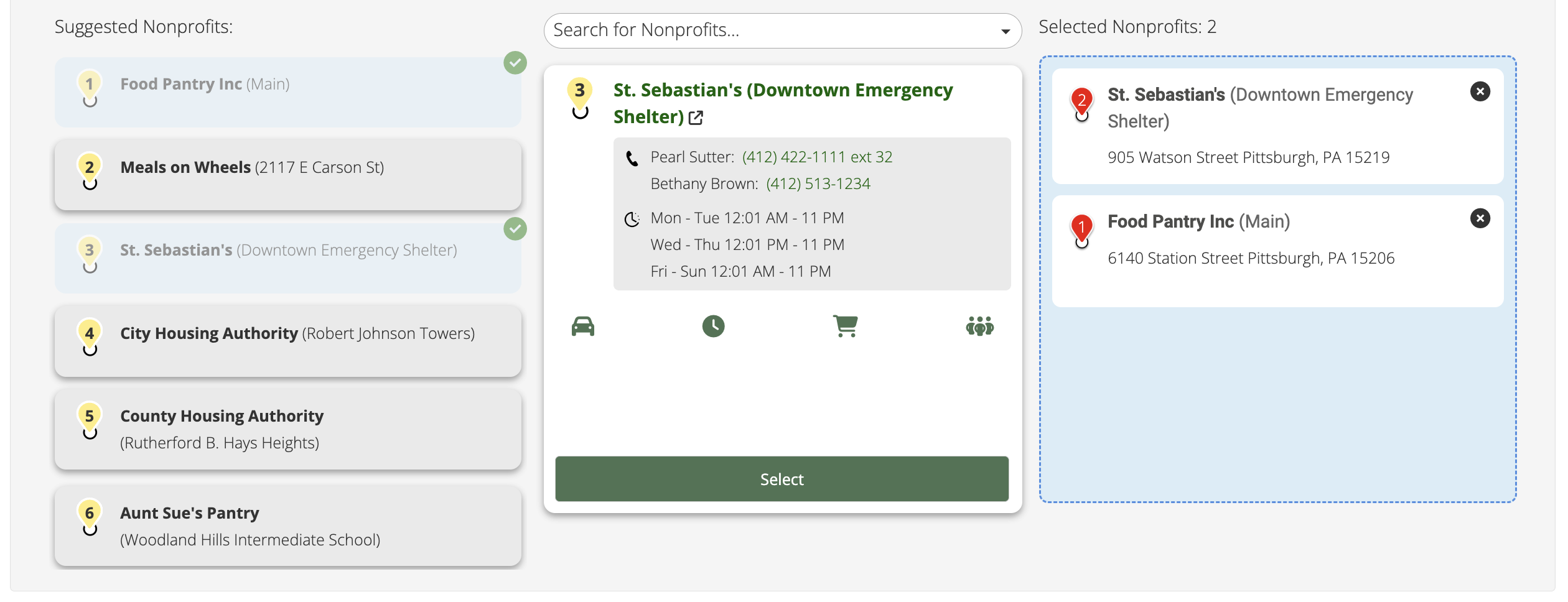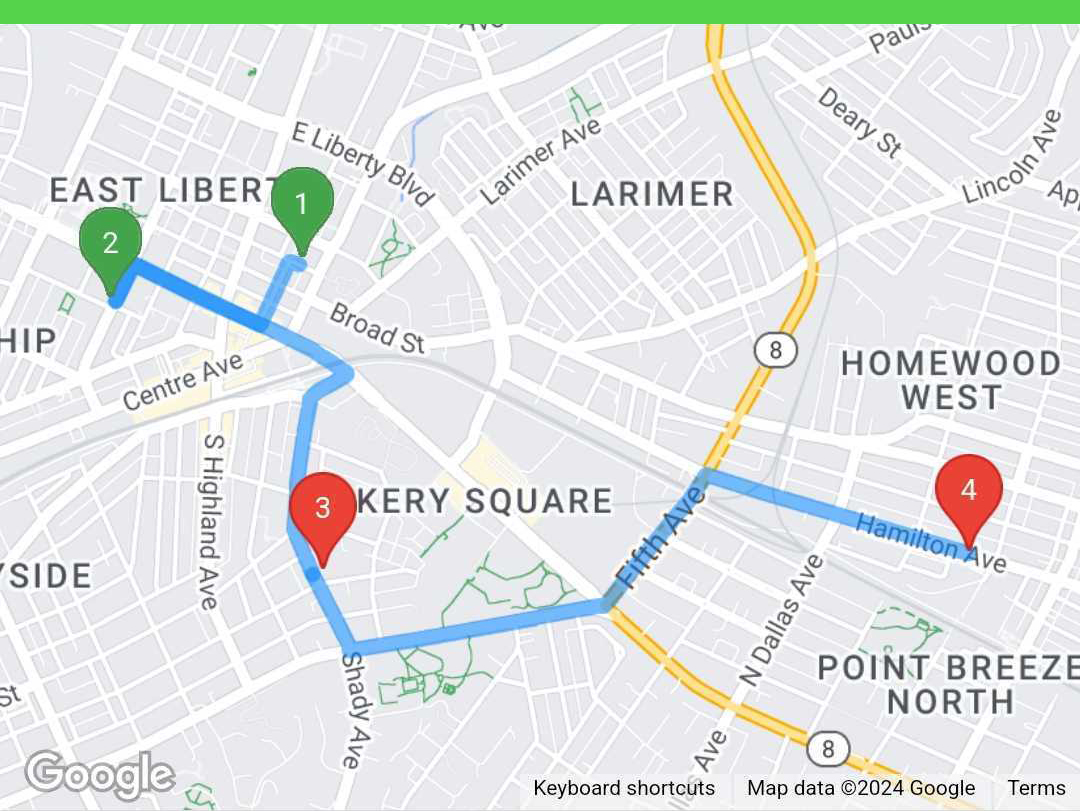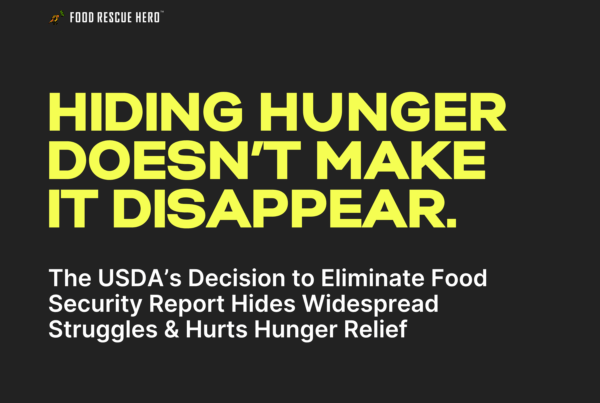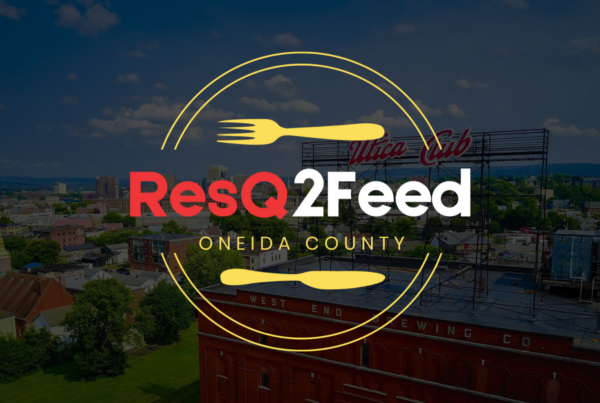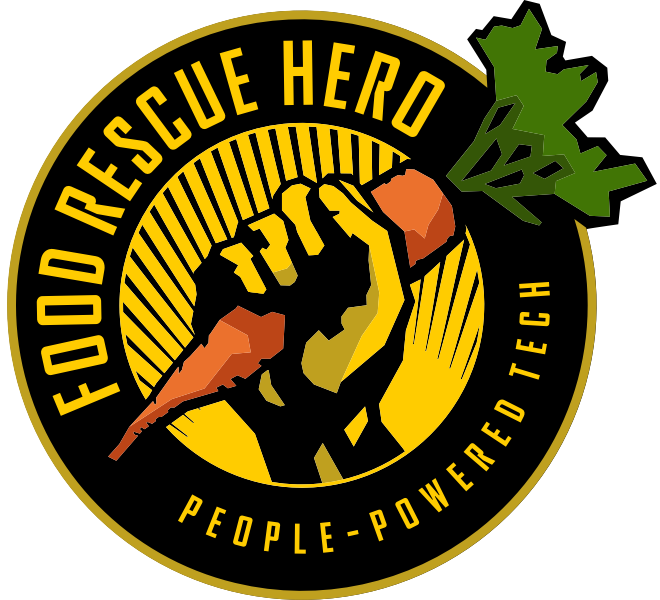WRITTEN BY:
Hannah Ridge
Director of Partner Success
Food Rescue Hero
At Food Rescue Hero, we build technology to serve people. Our best-in-class food recovery platform drives the missions of organizations across North America. As a nonprofit, we also understand that technology can’t do everything for us. To truly meet the needs of each community, it’s essential to pair these data-driven insights with the lived experience and perspective of the people in those communities. The most effective food recovery efforts strike a balance—leveraging smart tools while centering human insight and local context.
Local Knowledge Beats Any Algorithm
The value of local knowledge highlights the importance of keeping people—not algorithms—at the center of decision-making in food recovery. People on the ground (volunteers, dispatchers, nonprofit leaders, and–most importantly–community members served) know their communities better than any technology ever could.
A food recovery organization’s dispatch coordinators understand this innately. They know that the nearby homeless shelter is currently overwhelmed with people staying out of the rain and may have an unusually high need for donations; they know that the manager of the community center always picks up her daughter from school on Tuesdays at 2:30 before coming back, so they’ll make sure the delivery window doesn’t create a scheduling conflict for her; they know that a certain volunteer works from home and can grab any last-minute rescue as long as it’s in his neighborhood; they know the local house of worship serves a high population with specific dietary needs or restrictions.
These nuances are woven into the daily operations of food recovery. How your organization responds to these complexities ultimately shapes the depth of your impact. After all, human-centered decisions rely on relationships, real-time information, and local knowledge—elements no algorithm can fully replicate. Our technology is designed to support that intuition, not replace it.
When Efficiency Isn’t Everything
On a level playing field, automated operations are incredibly valuable. The obvious snag is that food insecurity is inherently inequitable. When efficiency is overvalued in efforts to serve food-insecure communities, it becomes all too easy to lose sight of what truly matters—making a meaningful impact in the diverse lives of the people we aim to support.
Take the various models of rescuing food. Organizations searching for a technology solution sometimes ask us whether our platform is compatible with a “bulletin board” operating model, where donors post available donations and the prospective recipients claim the donations themselves. It sounds appealing at first, because it minimizes the strain on the food recovery organization to coordinate logistics. But that efficiency comes at the expense of equity. Relying on nonprofits to monitor donation availability and collect their own donations favors the more well-resourced organizations that have staff to spare.
Smaller nonprofits and non-traditional sites (which may be run by one or two volunteers) are disadvantaged by models like this that prioritize scale and standardization. Yet their role is vital, especially in communities where traditional food access points are out of reach. These small sites are often the only consistent source of food in areas that would otherwise be classified as food deserts. They serve those who are routinely overlooked: homebound seniors, parents juggling work and school schedules, and residents of neighborhoods without grocery stores or reliable public transportation. Without these sites, too many individuals and families would be left without access to the food they need.
The lesson: it takes a human being to strike the balance between efficiency and equity. Food Rescue Hero provides the tools to do so.
Tech That Empowers, Not Replaces
The Food Rescue Hero platform automates the complex logistics of food recovery, freeing up time and capacity for food recovery organizations to focus on what can’t—and shouldn’t—be automated: important decisions that rely on relationships, trust, and deep understanding of the communities they serve. By taking on the heavy lifting behind the scenes, the platform empowers organizations to stay grounded in conversations and connections that keep people, not just efficiency, at the center. This balance is built into every feature, supporting outcomes that are not only efficient, but also equitable and community-driven.
Food Rescue Hero analyzes incoming donations to suggest recipients based on several factors, including how long it’s been since they last received a donation. Our Suggested Nonprofits feature helps partners engage more of their nonprofit partner network, promoting a more equitable distribution of food across their communities. Since this feature launched, sites that were in the lowest quartile of rescues received have doubled their rescue count.
Our route creation workflow features route optimization to mitigate the carbon emissions associated with transporting donations and to plot routes that make sense for volunteers.
Our workflow also intelligently bundles multiple donations and recipients into one or more routes, eliminating redundancy and maximizing impact.
Food Rescue Hero’s intuitive mobile app holds volunteers’ hands through the process of completing a food rescue, with timely instructions and opportunities to engage. By making it easy for anyone to step into a rescue with confidence, the platform helps grow a more effective and passionate volunteer base.
The mobile app also sends push notifications to volunteers, alerting them to rescues in their area that need to be picked up, saving dispatch teams time that would otherwise be spent scrambling to get rescues covered.
At Food Rescue Hero, we believe the future of food recovery lies in the partnership between powerful technology and deeply rooted human insight. Our platform is built not to replace people, but to elevate them, amplifying the work of those who know their communities best. As we continue to grow and innovate, our guiding principle remains the same: the most effective solutions are those that empower people to lead with compassion, context, and care. Because ending food waste and hunger takes more than just smart tools—it takes heroes.

Want to grow impact in your community?
Our model merges technology, civic engagement, and public-private partnerships to introduce a new transport and distribution model that transforms surplus food into a resource and changes the way we approach food access.
And we are seeing sustainable, scalable and measurable impact.


